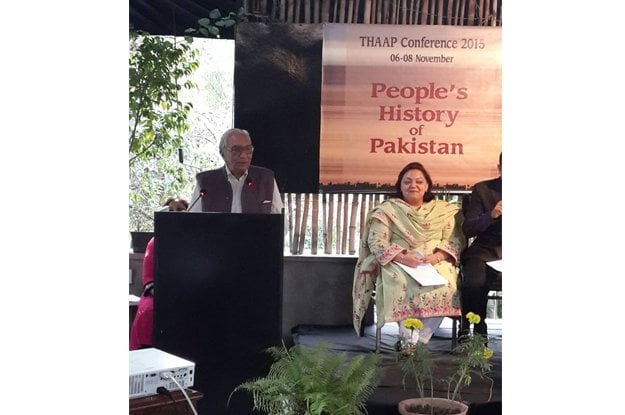
“Women from the sub-continent have always been considered among the most beautiful in the world,” Pran Neville, an Indian writer, said at the fifth session of the THAAP Conference on Saturday.
He read the paper on Early Portrayal of Punjabi Women, focussing on the beauty of women in the Punjab and its portrayal during different times, especially during the colonial era.
Women will do anything it takes to look beautiful
The other papers read during the session were People’s History through Trees, Basant and Pehalwani: Dying Cultural Traditions of Punjab (A Case Study of Lahore) and Historical Background of Ansaris: A Case Study of Kasur City.
Neville said charms of the sub-continent’s women had been celebrated by poets and bards through the ages. “The images of Punjabi women have been vividly captured in the folklore and epic love stories like Heer Ranjha, Sohni Mahiwal, Mirza Sahiban, Sehti Murad and Balo-Mahyia,” Neville said.
He said British and Indian artists had left behind many paintings and drawings of native women from different classes. “Due to the culture of purdah (veil), the beauty of Punjabi women could not be fully captured.”
Skin whitening creams: Popular in Pakistan, banned in Ivory Coast
Architect Saba Samee presented her paper, titled People’s History through Trees.
“Trees that have survived various development projects in Lahore tell the tale of the city,” she said.
“From the very beginning, trees have been the most important element for the survival of mankind,” Samee said. She said a visit to Hiroshima had inspired her to write the paper.
Talking about the sub-continent, she said Mahabharat and Buddhist beliefs centered around “mythical properties of trees”.
Pakistan suspects US may be illegally cutting down trees in capital
Muhammad Ahsan Shakoor, a student of MPhil in Asian Studies at the Quaid-i-Azam University, presented a paper titled, Basant and Pehalwani: Dying Cultural Traditions of Punjab (A Case Study of Lahore).
“Basant was a seasonal festival celebrated by the people in the Punjab irrespective of their religious beliefs,” Shakoor said. He said pehalwani would be considered an importance sport and a symbol of health and well-being in the region. “Pehalwani has now been limited to only 30 akharas (wrestling pits). Lahore had more than 300 akharas in 1947.”
Asif Nazir, a PhD scholar at the Government College University, Faisalabad, read his paper, titled Historical Background of Ansaris: A Case Study of Kasur City. It is about the ancestry of the Ansaris of Kasur and their rich history.
Cutting strings: The kite-seller who says no to basant
He explained the link between the caste system and professions in Kasur.
He said the profession of julaha (weavers) had become a caste. He said as the julahas of Kasur became prosperous, they styled themselves as Ansari “because of their link with Hazrat Abu Ayub Ansari (RA)”.
Prof Rahat Naveed chaired the session.
Published in The Express Tribune, November 8th, 2015.








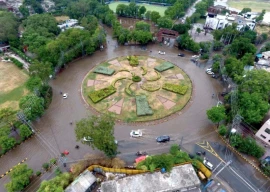
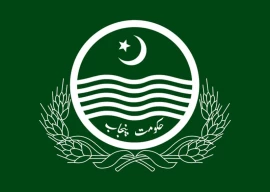


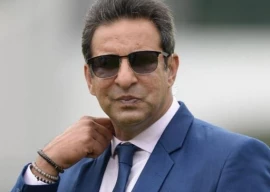

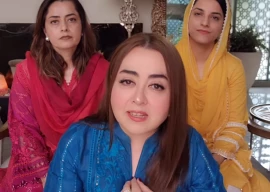

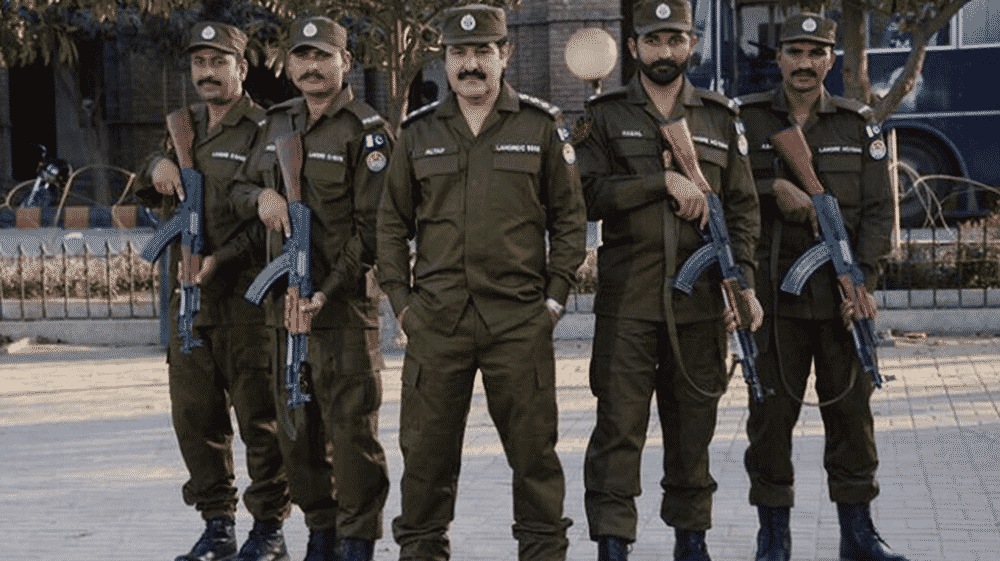
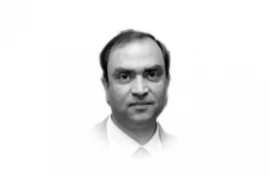





COMMENTS
Comments are moderated and generally will be posted if they are on-topic and not abusive.
For more information, please see our Comments FAQ